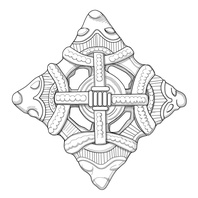
Viking Designs
Drawing of a Lozenge Brooch
Drawing of a copper alloy lozenge brooch in the Borre style. This type of brooch was common throughout the Danelaw in the Viking Age and was used as an accessory by women who wore Scandinavian dress. Scandinavian brooches came in a variety of sizes and shapes which included disc, trefoil, lozenge, equal-armed, and oval shapes. The different brooch types served a variety of functions in Scandinavian female dress with oval brooches typically being used as shoulder clasps for apron-type dresses and the rest being used to secure an outer garment to an inner shift. Anglo-Saxon brooches do not match this diversity of form with large disc brooches being typical of ninth century dress styles with smaller ones becoming more popular in the later ninth and tenth centuries. However, since disc brooches were used by both Anglo-Saxon and Scandinavian women they are distinguished by their morphology. Scandinavian brooches were typically domed with a hollow back while Anglo-Saxon brooches were usually flat. Moreover, Anglo-Saxon brooches were worn singly without accompanying accessories.
Read More
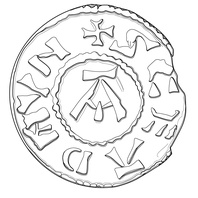
Viking Designs
Drawing of a St Edmund Penny
Between 895 and 915, Scandinavian settlers in East Anglia minted a series of pennies and half pennies with the inscription SCE EADMVND REX (St Edmund the king). These coins appear to have been used widely throughout the Danelaw, and a large number of them were discovered in the Cuerdale Hoard from Lancashire.
Read More
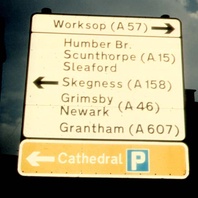
Viking Names
Great Grimsby
Great Grimsby, in the Bradley Wapentake of Lincolnshire, which was later joined with Haverstoe Wapentake to become known as Bradley Haverstoe Wapentake. The original name Grimsby comes from the Old Norse male personal name Grímr and the Old Norse element by ‘farm, settlement’. It is Great in contrast to Little Grimsby, in the Ludborough Wapentake of Lincolnshire; earlier spellings including mekill Grimesby are derived from Old Norse mikill ‘great’. The personal name Grímr is common across the Scandinavian world and recorded several times throughout Lincolnshire in the Domesday Book. For a saga-anecdote about Grimsby, see the blog post A Poet Visits Grimsby.
Read More
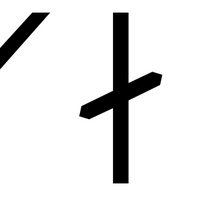
Viking Names
Skeggi
The male name Skeggi is sporadically recorded across Scandinavia and Iceland in the Viking Age and later. It forms the first element of Skegness, Lincolnshire, with Old Norse nes ‘headland’. The name possibly derives from the Old Norse word Skegg, meaning ‘beard’.
Read More
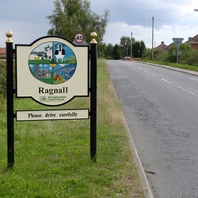
Viking Names
Ragnall
Ragnall, in the Bassetlaw Wapentake of Nottinghamshire, is a hybrid name formed from the Old Norse male personal name Ragni and the Old English element hyll ‘a hill, a natural eminence or elevated piece of ground’.
Read More
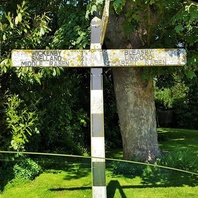
Viking Names
Wickenby
Wickenby, in the South Riding of Lindsey of Lincolnshire, comes from the Old Norse male personal name Víkingr and the Old Norse element by ‘farmstead, village’. Alternatively the first element might be the appellative víkingr ‘a viking’, the source of the personal name, but the personal name seems more likely.
Read More
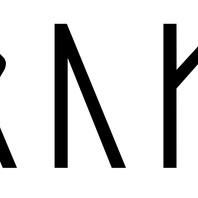
Viking Names
Hrok
Hrókr is not a common name in Scandinavia, though it does appear in a couple of Swedish runic inscriptions. The name is also the first element of Roxby, Lincolnshire.
Read More
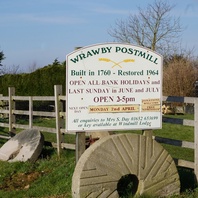
Viking Names
Wrawby
Wrawby, in the Yarborough Wapentake in Lincolnshire, comes from the Old Danish male personal name Wraggi and Old Norse by ‘farm, settlement’.
Read More
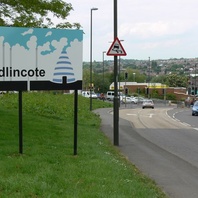
Viking Names
Swadlincote
Swadlincote, in the Repton and Gresley Hundred of Derbyshire, probably comes from the Old Norse male personal name Svartlingr and the Old English element cot ‘cottage, hut, shelter, den’. However, it is possible that the first element may equally well represent the Old English male personal name Sweartling.
Read More
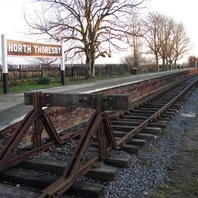
Viking Names
North Thoresby
North Thoresby, in the Haverstone Wapentake of Lincolnshire, comes from the Old Danish male personal name Thorir (Old Norse Þórir) and Old Norse by ‘a farmstead, a village’. The affix North distinguishes it from South Thoresby, in the Calcewith Hundred of Lincolnshire, which has the same etymology.
Read More

Viking Names
Algarthorpe
Algarthorpe, in the Broxtow Wapentake of Nottinghamshire, comes from the Old Norse male personal name Álfgeirr the Old Norse element þorp ‘outlying farm, settlement’. Algarthorpe is a deserted medieval village near Basford, Nottinghamshire.
